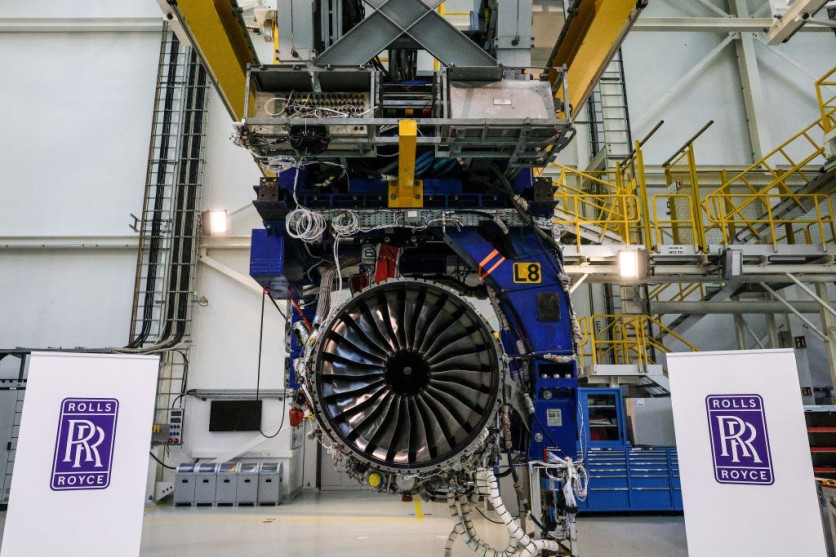Rolls Royce has started testing their new F130 engines at the NASA Stennis Space Center, according to a press release. The engines will be to replace the Pratt and Whitney TF33 engines currently being used the 76 B-52 aircraft in the US Air Force's fleet.

The F130 Engines
In 2021, the Rolls-Royce F130 engines were picked after a commercial bidding process. The engines were derived from the company's BR family of engines that are used for commercial jets.
The BR family of engines has an excellent reputation with more than 30 millions hours of operations. Through the years, it has shown reliability and fuel efficiency.
The B-52 has eight engines arranged in a dual-pod configuration under its two wings. To replace the PW RF33 engines, reworking on the nacelles is required because of the F130's higher bypass, as reported by Interesting Engineering.
With that, Rolls-Royce must first do an engine test in a dual pod configuration. It can be recalled that in 2022, they worked with Boeing to test a miniature model of the reimagined B-52.
The testing at the Mississippi facility is to monitor the crosswind aerodynamic flow when the engines are arranged in a dual-pod configuration. It is also to test new digital control systems.
Rolls-Royce will need to produce over 600 engines to replace TF33 in the current fleet. Plus, they also need to produce 42 engines that are expected to be ordered as spares. The testing for the new engines will take months.
Also read: Rolls-Royce Electric Airplane Flies for the First Time | The Goal is to Beat 300 Mph
The B-52
The B52 Stratofortress has been on the skies for over 50 years. It was built by Boeing and is designed to carry nuclear weapons for deterrence during the Cold War era. Back then, there were many 744 B-52s but over the yeas, only a tenth of these aircraft remain and are getting an engine overhaul to extend their utility to the 2050s.
The B-52 has been a symbol of American military might since its introduction in the 1950s. It is an iconic bomber that has seen action in multiple wars, and continues to be used for strategic operations today. The aircraft boasts long range capabilities, allowing it to fly missions over vast distances without refueling or support from other aircraft.
The testing at the Mississippi facility will help ensure the new engines are compatible with the existing B-52 airframe. The tests will examine the new engines' mechanical and aerodynamic performance as well as their digital control systems. This will help ensure that the new engines are reliable and efficient enough to meet the needs of the B-52.
The testing will also help to identify any potential issues with the new engines and the associated systems before they are deployed on the aircraft. This testing is critical to ensure the safety and reliability of the B-52 and its crew.
Related article: Rolls-Royce Reinvents Luxury Driving with All-electric Spectre Coupe

ⓒ 2025 TECHTIMES.com All rights reserved. Do not reproduce without permission.




